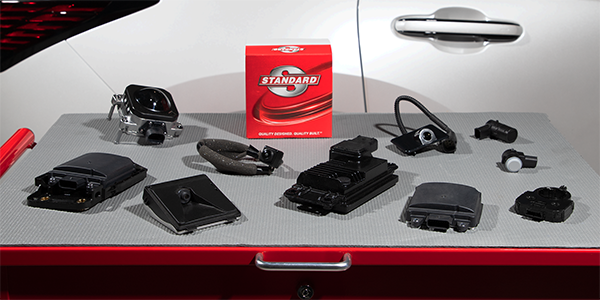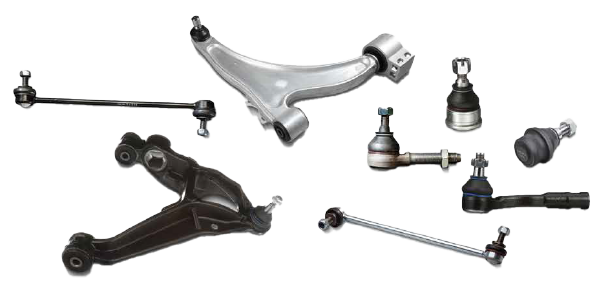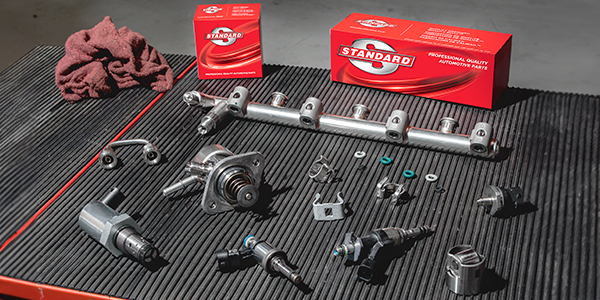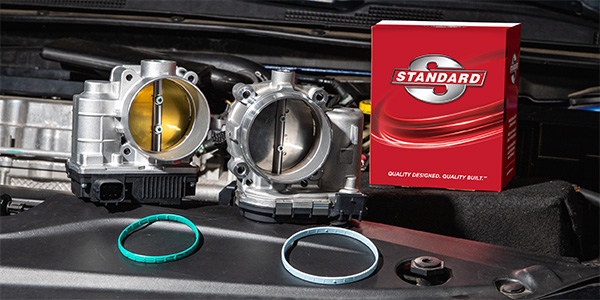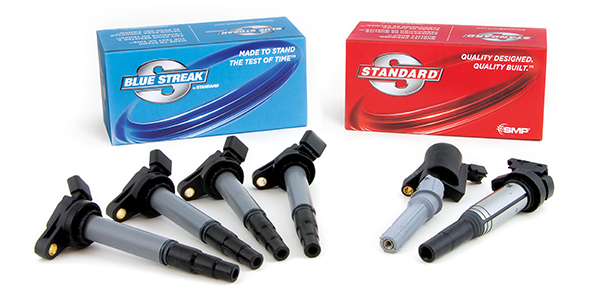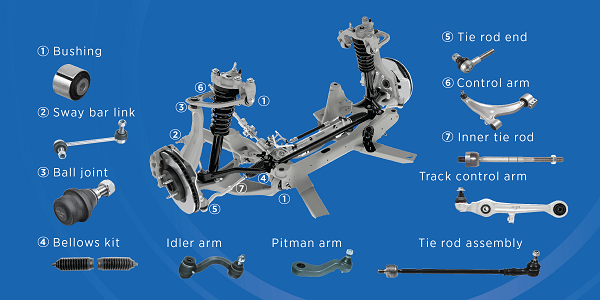 To maximize fuel efficiency and lower exhaust emissions, many vehicle manufacturers are now using gasoline direct injection (GDI) systems to provide the fuel delivery for their engines. Gasoline direct injection places a fuel injector into the combustion chamber to provide a high pressure mist of gasoline which mixes with intake air, providing the air-fuel ratio needed for proper engine combustion. In earlier fuel injection systems, gasoline was sprayed into the intake to mix with fresh air to create the air-fuel mix entering the combustion chamber.
To maximize fuel efficiency and lower exhaust emissions, many vehicle manufacturers are now using gasoline direct injection (GDI) systems to provide the fuel delivery for their engines. Gasoline direct injection places a fuel injector into the combustion chamber to provide a high pressure mist of gasoline which mixes with intake air, providing the air-fuel ratio needed for proper engine combustion. In earlier fuel injection systems, gasoline was sprayed into the intake to mix with fresh air to create the air-fuel mix entering the combustion chamber.
GDI systems are designed to direct the fuel spray at the spark plug in order to allow the most complete combustion of the fuel while maximizing the efficiency of the injection. Spark plugs used in GDI engines must provide high quality sparking performance to ignite the more-focused fuel delivery and not become fuel-washed by the high pressure fuel spray. There are two spark plug styles which provide the best possible performance in GDI engines; Dual Fine Wire (DFE) and Projected Square Platinum Electrode (PSPE) spark plugs.
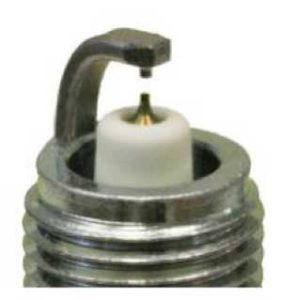 Dual Fine Wire (DFE) spark plugs feature two fine wire electrodes, one at the center electrode and other one at the ground electrode. The focused sparking area between the two fine points and reduced quenching effect allows for a faster, more complete combustion of the air-fuel mix.
Dual Fine Wire (DFE) spark plugs feature two fine wire electrodes, one at the center electrode and other one at the ground electrode. The focused sparking area between the two fine points and reduced quenching effect allows for a faster, more complete combustion of the air-fuel mix.
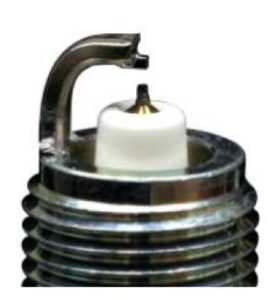 Projected Square Platinum Electrode (PSPE) spark plugs are also finding popularity from engine manufacturers looking to improve ignition performance in GDI engines. PSPE spark plugs feature a special ground electrode shape where a square-shaped tip of platinum is used directly over top of the center electrode. The non-precious metal part of the ground electrode ends before the center electrode. This ground electrode shape allows the spark to be focused between the fine-wire iridium center electrode and the projecting platinum at the ground electrode.
Projected Square Platinum Electrode (PSPE) spark plugs are also finding popularity from engine manufacturers looking to improve ignition performance in GDI engines. PSPE spark plugs feature a special ground electrode shape where a square-shaped tip of platinum is used directly over top of the center electrode. The non-precious metal part of the ground electrode ends before the center electrode. This ground electrode shape allows the spark to be focused between the fine-wire iridium center electrode and the projecting platinum at the ground electrode.
It is recommended, because of the unique and specialized design of the spark plugs used in GDI engines, that the original equipment plug style should be used when replacing spark plugs. If a vehicle was originally equipped with DFE or PSPE style spark plugs, optimal performance will be best maintained by replacing with only the same style of spark plug.
For more information or questions about spark plugs, you can reach out to the NGK Technical Support line by calling 877-473-6767 or visit them on the web at www.ngksparkplugs.com.



